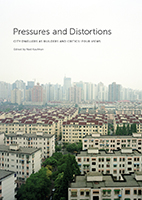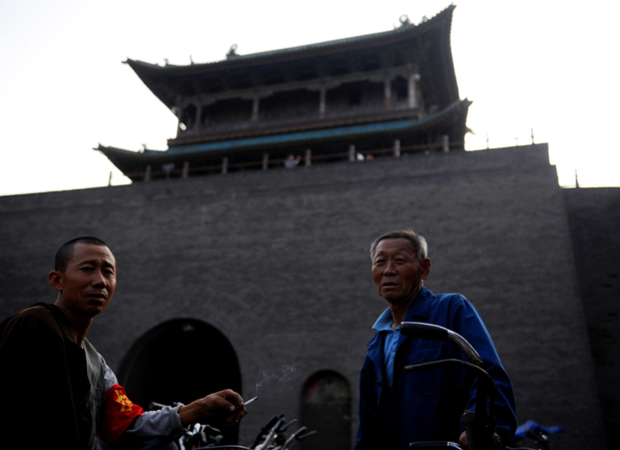Demolishing Dalian: China’s ‘Russian’ City Is Erasing Its Heritage—in Pictures
Founded by the Russians, Dalian boasts a wealth of architectural history. But now its treasured buildings are marked for demolition—and the government is being sued. One student went to capture the area before it disappears








